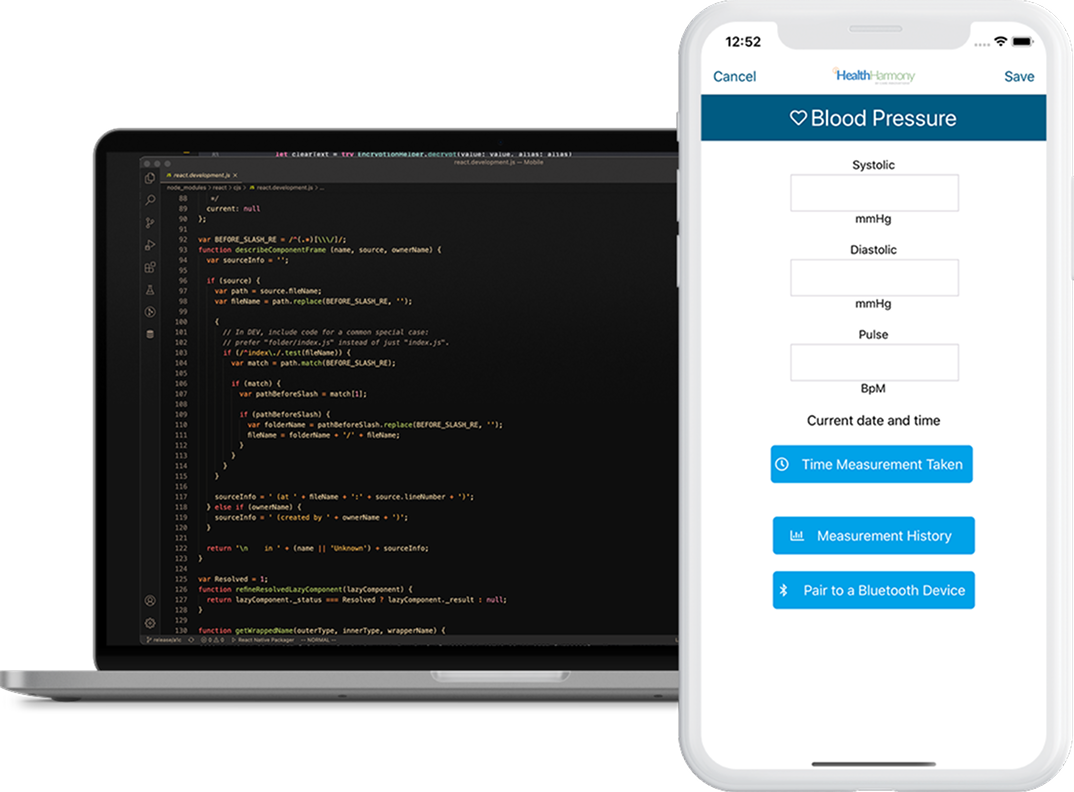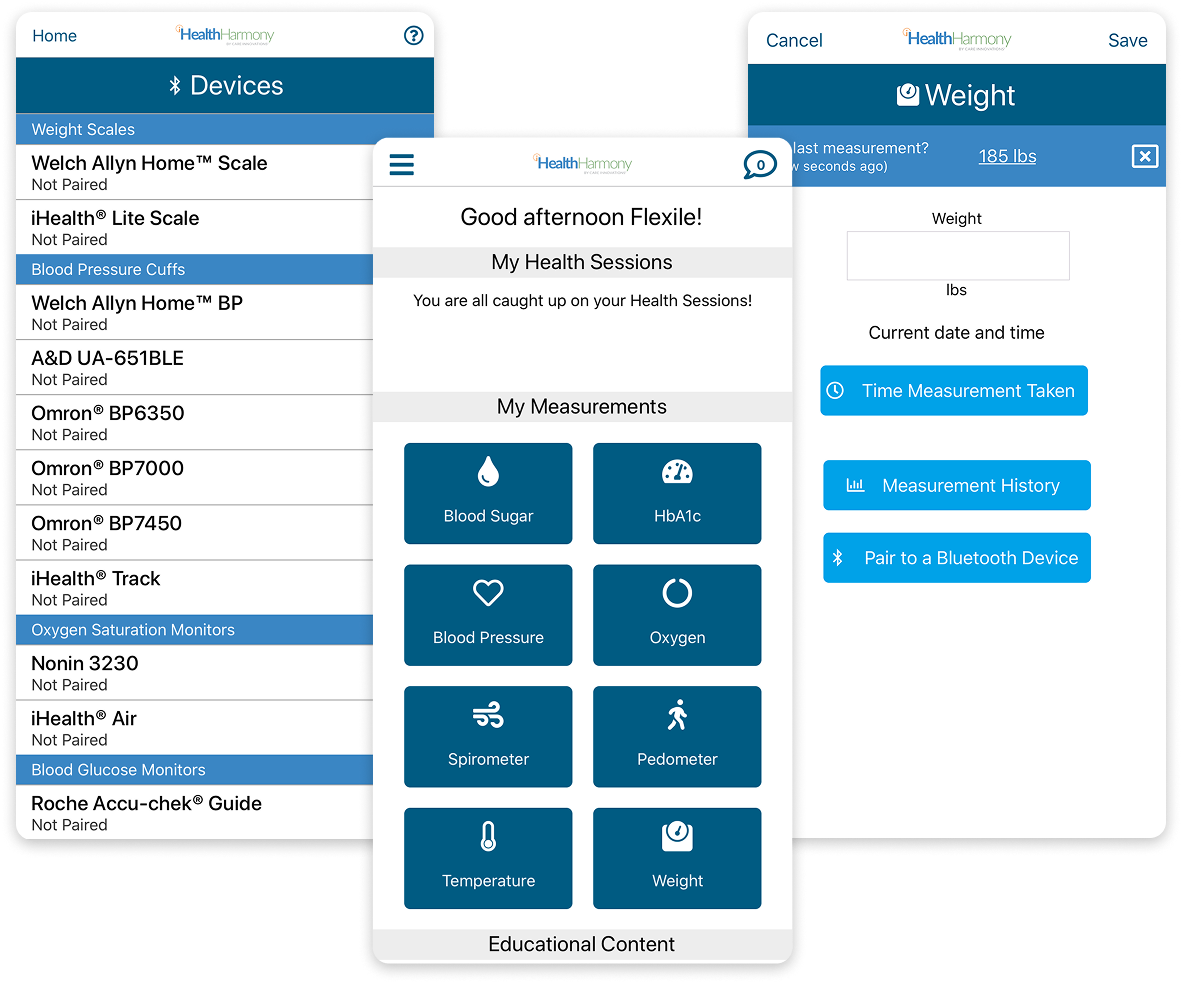Enhancing Remote Patient Monitoring with a React Native App
A Simple Request—With a Complex Challenge
Care Innovations approached us to integrate Bluetooth into their critical React Native app for remote patient monitoring. At first glance, this seemed like a straightforward task. However, upon reviewing their codebase—written entirely in JavaScript—we quickly realized the project required more than just a simple integration.
The Challenge: Dynamic vs. Static Codebases
To understand why, it’s essential to consider how different coding paradigms impact software reliability and scalability.
In programming, types classify values and enforce rules. In dynamically typed languages like JavaScript, types are determined only at runtime, meaning errors can remain undetected until the code is executed. While this flexibility can accelerate development initially, it also introduces risks—errors can persist unnoticed until they cause failures.
On large-scale projects with hundreds of files, the absence of strict type enforcement forces engineers into a time-consuming guessing game, manually tracing variables and structures to ensure correctness. This increases development time and the potential for critical failures.
Conversely, statically typed languages like TypeScript enforce correctness at the source code level, preventing compilation if errors exist. This proactive error detection significantly enhances code stability and security—critical factors for a healthcare application like Care Innovations’ remote patient monitoring platform.

Transforming the Codebase for Stability and Safety
Before we could ensure seamless Bluetooth integration for medical devices such as oximeters and blood pressure monitors, we first needed to convert the existing JavaScript codebase into TypeScript. This transformation was key to enhancing the app’s long-term maintainability and reliability.
Alethium was hired to integrate Bluetooth into our React Native app. They left having drastically improved the app’s accessibility, combined two separate apps into a single codebase, and converted major portions of the code to Typescript, something we’d wanted done for a long time.

Marcus Grindstaff
Chief Operating Officer

Building a Safer, More Scalable Future
By transitioning from JavaScript to TypeScript, we eliminated guesswork, reduced debugging overhead, and enabled a more scalable architecture. Developers could now:
- Build new features with confidence, knowing the type system would catch potential errors early.
- Fix bugs efficiently, without fearing unintended side effects.
- Scale and refactor the codebase with greater ease and stability.
For a health sciences company, precision and safety are paramount—whether in clinical trials or in the technology supporting them. Our work ensured that Care Innovations’ React Native app for remote patient monitoring was not only functional but also robust, secure, and future-proof.
What began as an urgent Bluetooth integration evolved into a long-term partnership. Care Innovations was so pleased with our seamless integration into their team and the structural improvements we implemented that they entrusted us with further enhancements—solidifying a collaboration that continues to drive innovation in remote patient care.